Shirley Chisholm, Robert Kennedy, Bed Stuy and More: 5 Longreads for a Long Weekend
In honor of Martin Luther King Jr. Day, we’ve collected the stories of a few remarkable Brooklyn people (and places) who fought for racial justice — from the groundbreaking politician Shirley Chisholm to the rebirth of Bed Stuy, and the role of the Slave Theater in Afro-centric activism. So grab a nice cup of coffee…
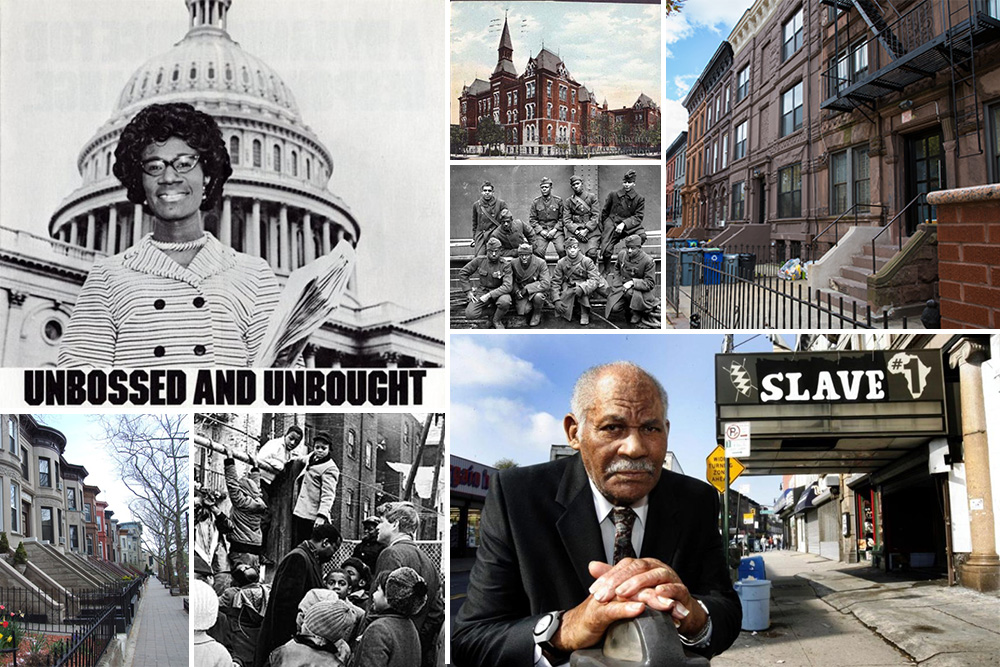
In honor of Martin Luther King Jr. Day, we’ve collected the stories of a few remarkable Brooklyn people (and places) who fought for racial justice — from the groundbreaking politician Shirley Chisholm to the rebirth of Bed Stuy, and the role of the Slave Theater in Afro-centric activism.
So grab a nice cup of coffee or tea and settle in to read a few tales to make you Brooklyn proud.

Shirley Chisholm’s Brooklyn
In 1968, Brooklyn-born Shirley Chisholm became the first African American woman elected to Congress in the history of the United States. By 1972, she was also the first major-party black candidate for President of the United States, and the first woman to run for the Democratic nomination for president. This story takes you to the Brooklyn places in Chisholm’s life.
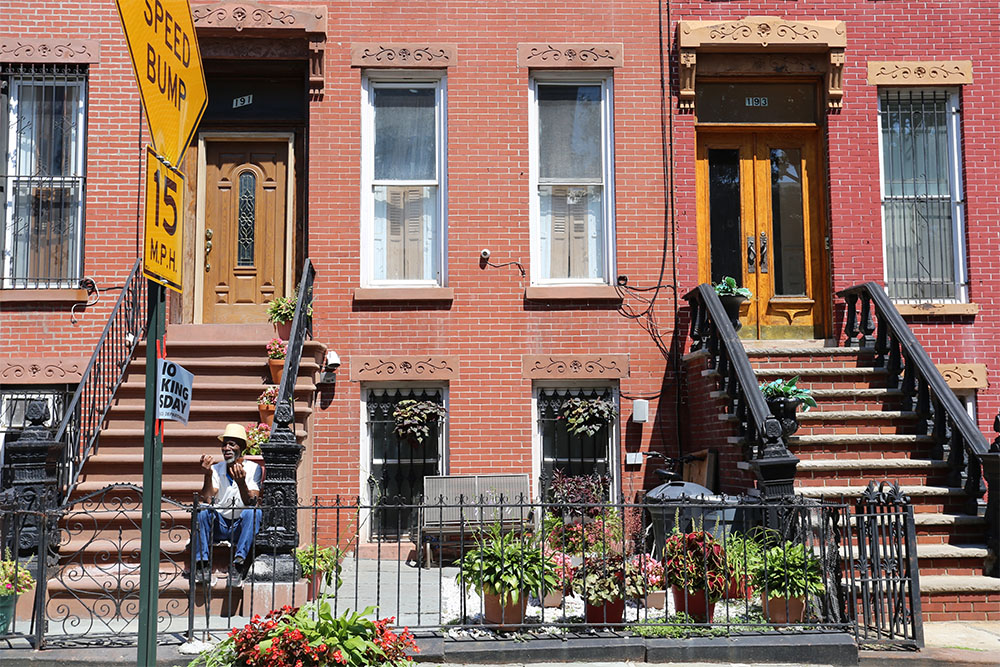
Saving Bedford Stuyvesant
By 1960, the communities of Bedford and Stuyvesant Heights had become synonymous with crime, urban unrest and poverty. But in 1966, two dedicated senators — Robert Kennedy and Jacob Javits — along with a group of local businesses and civic leaders decided to stop talking and start doing. What they created was America’s first community-development corporation — and one of Brooklyn’s most ambitious and controversial attempts to remake a neighborhood.
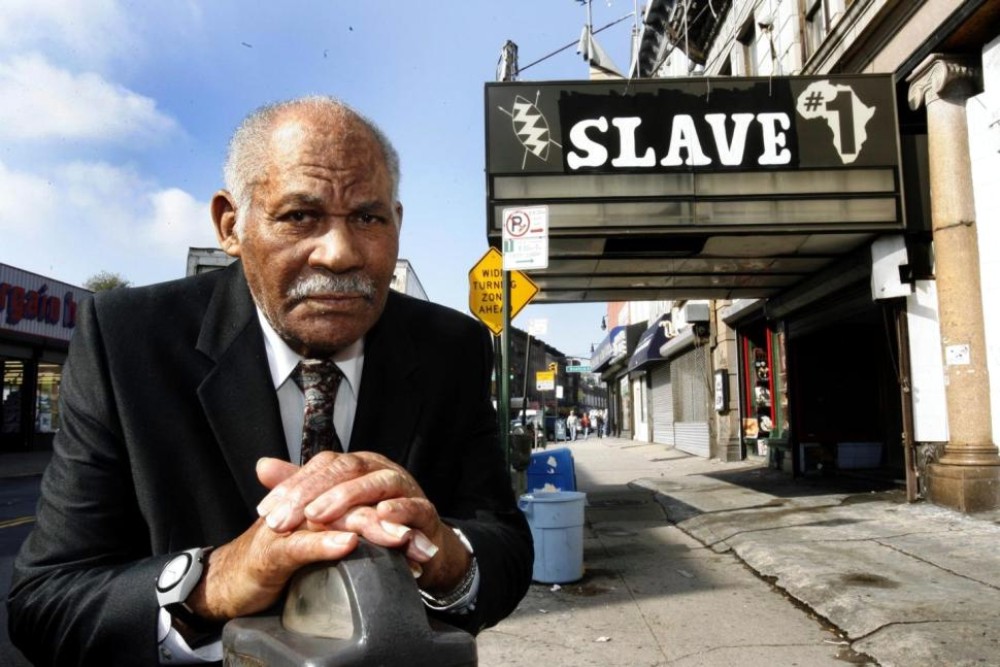
Black Pride, Kung Fu and Social Justice: The Life and Times of Bed Stuy’s Slave Theater
A nexus for community activism in the 1980s, Bed Stuy’s Slave Theater had a remarkable founder and a fascinating past. Today, the site is embroiled in a controversial development plan. As the Slave returns to headlines, you’d do well to know its history.
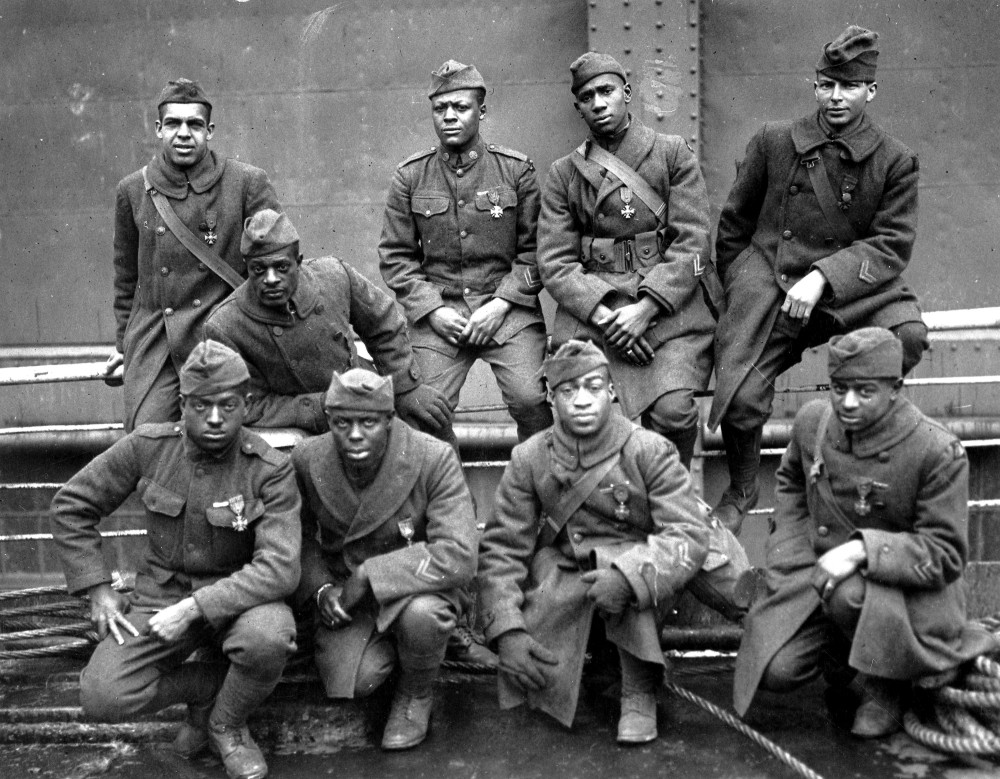
The Remarkable Lives of Brooklyn Pioneers Rufus L. Perry and His Son
In the late 1800s, Baptist minister and editor Rufus L. Perry was a powerful voice for racial justice and activism against paternalistic church control over African American Baptists. His son, Rufus L. Perry Jr., was a wiz-kid lawyer and passionate advocate for the black community.
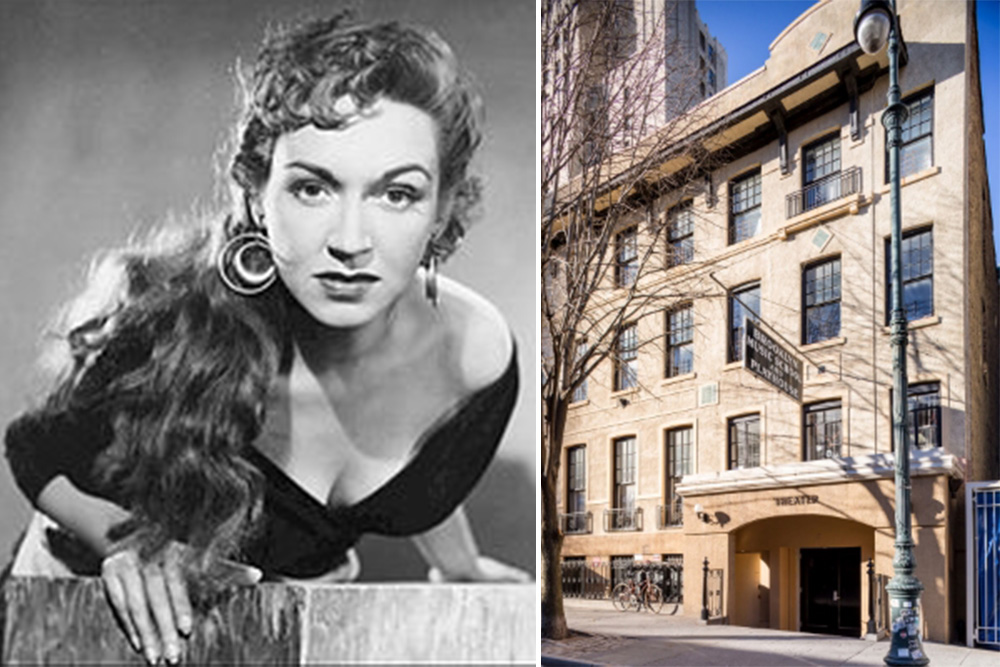
Fort Greene’s Brooklyn Music School: a Musical Melting Pot
From its beginning in the 1920s, the Brooklyn Music School’s mission has been to provide musical education to those who would not be able to receive it in private instruction. At a time when segregation was the norm, the school opened its doors to immigrant and lower-income children of all races. It’s also where a number of well-known musicians and performers got their start.
Related Stories
Martin Luther King Jr. Place: Small and Often Forgotten
Taking the Waters: Segregation and Brooklyn’s Public Pools
A “Mixed-Race” Wedding in 1907 Bed Stuy Attracts Unwanted Attention
Email tips@brownstoner.com with further comments, questions or tips. Follow Brownstoner on Twitter and Instagram, and like us on Facebook.
[sc:daily-email-signup ]
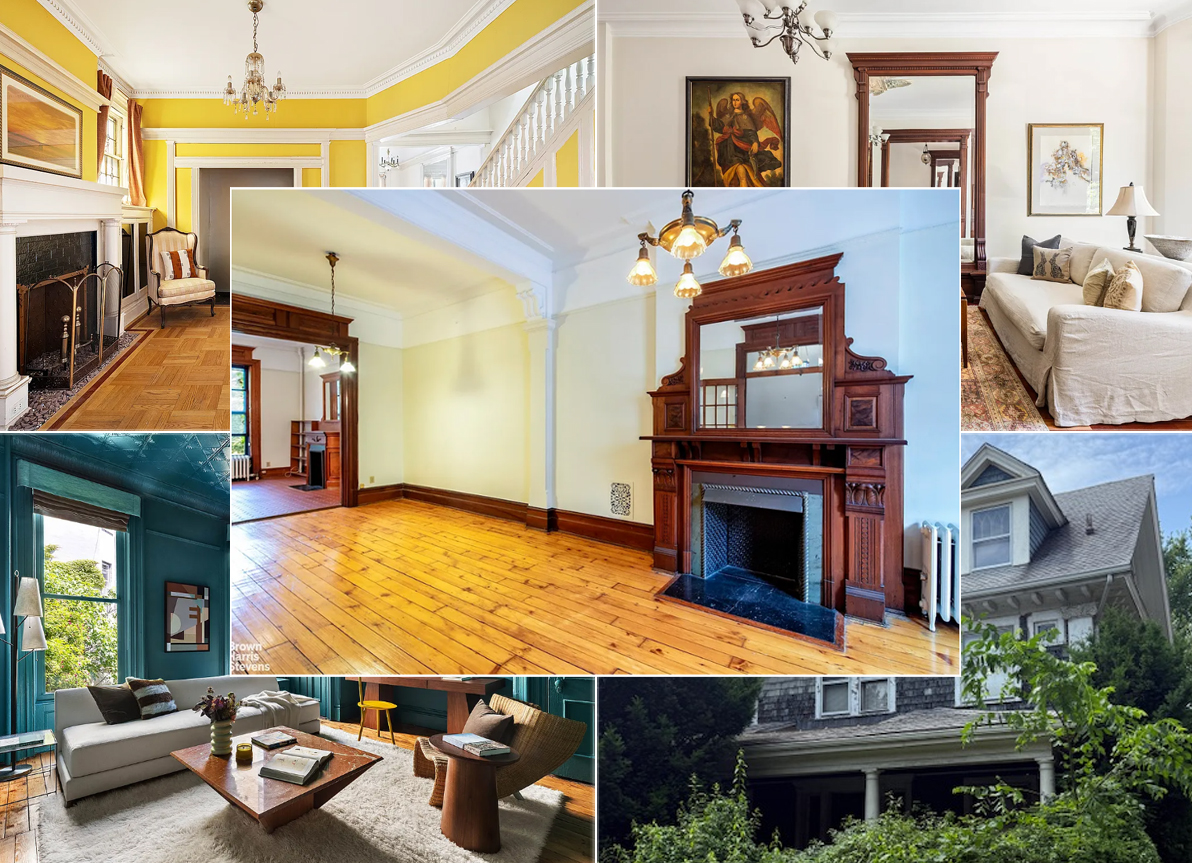



What's Your Take? Leave a Comment